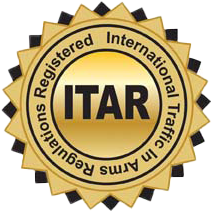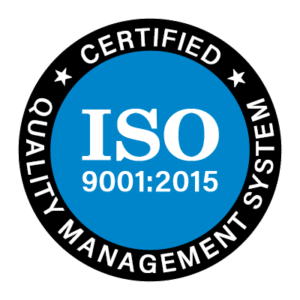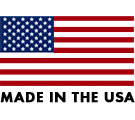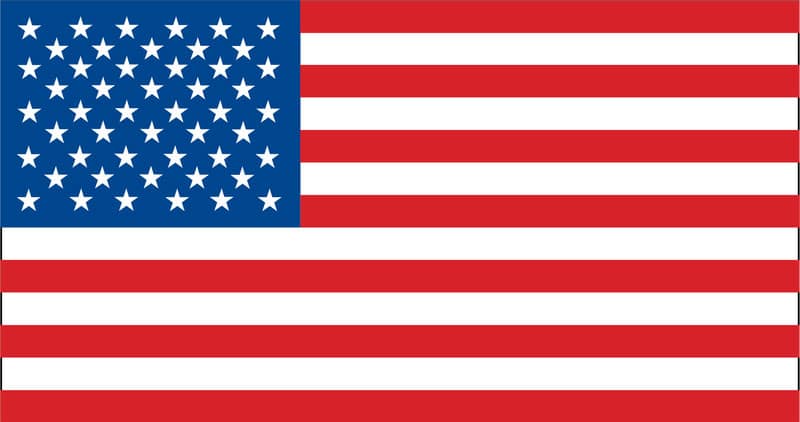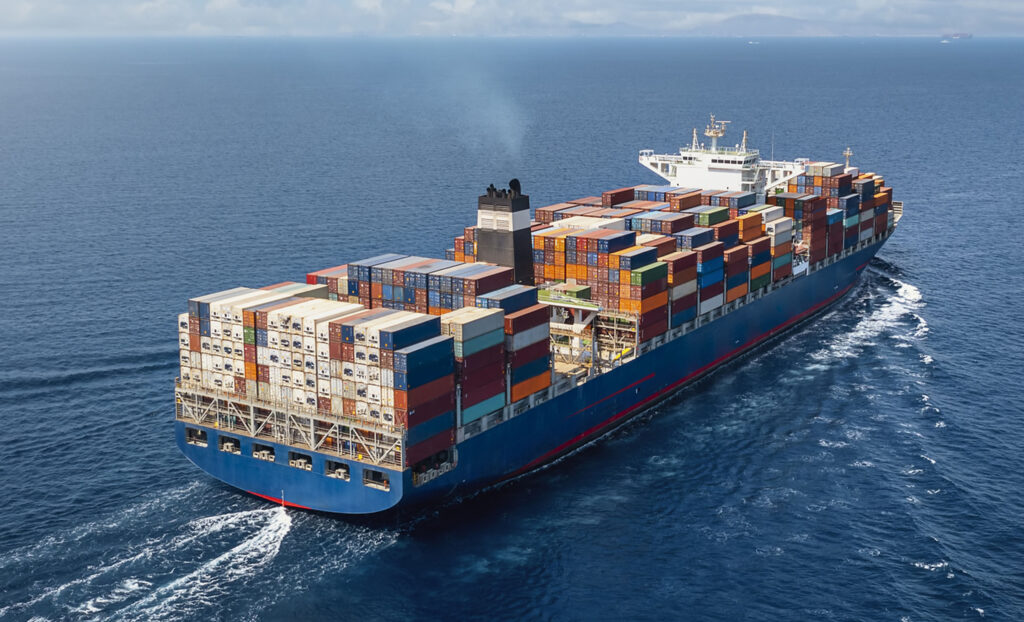
The Cost of Offshore Manufacturing: How Tariffs Are Reshaping the Industry
In recent years, global supply chains have faced unprecedented challenges—from the COVID-19 pandemic to geopolitical tensions. Now, with changes in trade policies, including increased tariffs, businesses are experiencing the financial implications of offshore manufacturing more directly. This shift raises an important question: How do tariffs and other hidden costs affect the true value of offshore production?
The Hidden Costs of Offshore Manufacturing
While offshore manufacturing can offer lower labor costs, several less obvious expenses can significantly impact overall profitability:
- Tariffs and Import Duties:
- Recent adjustments in tariff policies have increased costs for many imported goods. Companies reliant on international suppliers may face higher expenses due to these additional fees.
- Shipping and Logistics:
- International freight costs can be substantial, especially for heavy or bulky items. Delays at ports, fluctuating fuel prices, and customs clearance procedures add complexity and potential costs.
- Quality Control Challenges:
- Managing product quality from a distance can be difficult. Issues such as miscommunication, inconsistent manufacturing standards, and limited oversight can result in defects, rework, or product recalls.
- Supply Chain Vulnerabilities:
- Global supply chains are susceptible to disruptions from events like natural disasters, pandemics, or geopolitical conflicts. These disruptions can lead to production delays and increased costs.
- Intellectual Property Considerations:
- Protecting proprietary information can be more challenging with international suppliers, potentially increasing the risk of intellectual property issues.
Evaluating the Benefits of US-Based Manufacturing
Given these hidden costs, some companies are reassessing the advantages of domestic manufacturing. Potential benefits include:
- Reduced Exposure to Tariffs: Domestic production eliminates import duties, providing more predictable cost structures.
- Shorter Lead Times: Proximity to production facilities can result in faster shipping and more flexible supply chain management.
- Enhanced Quality Control: Easier access to production sites allows for more consistent oversight and quality assurance.
- Supply Chain Resilience: Local manufacturing reduces dependency on international logistics, minimizing risks associated with global disruptions.
Key Takeaways
As tariff policies evolve, understanding the full scope of costs associated with offshore manufacturing becomes increasingly important. Companies may find that while offshore production offers certain upfront savings, factors like tariffs, shipping, and quality control can offset these benefits. Evaluating both visible and hidden costs can help businesses make more informed decisions about their manufacturing strategies.
SiTech: Your US-Based Manufacturing Partner
At SiTech, we understand the evolving landscape of global manufacturing. That’s why we’ve been committed to US-based production since our founding in 1996. Our ISO 9001:2015 certified facility in Newport News, Virginia, ensures high-quality silicone keypads and components with reliable lead times and cost-effective solutions—without the hidden expenses of offshore production.
As tariffs continue to reshape the industry, now is the perfect time to reconsider your manufacturing strategy. Partner with SiTech for dependable, US-based manufacturing that delivers quality, efficiency, and peace of mind.
Contact us today to learn how we can help you navigate these changes and strengthen your supply chain.

